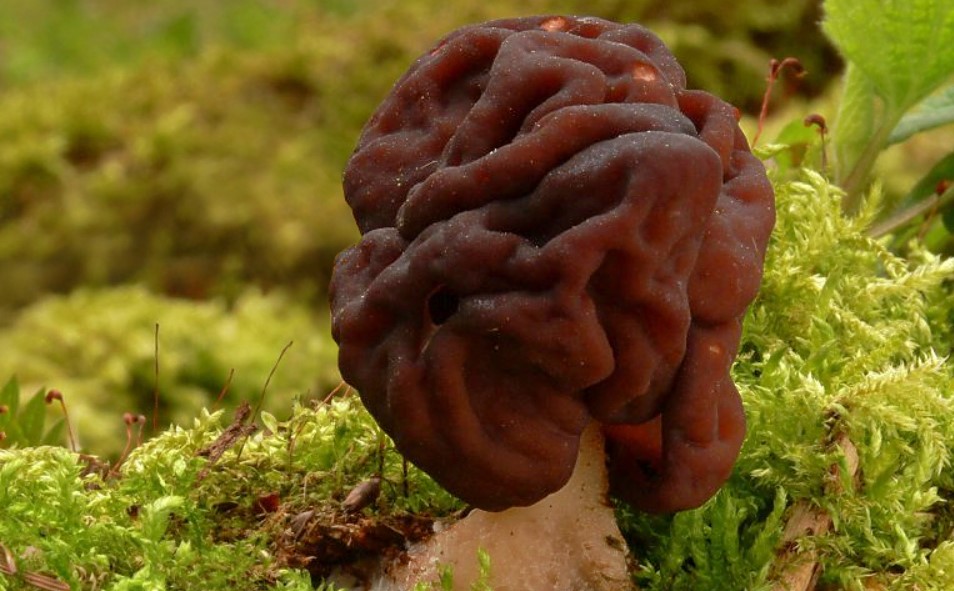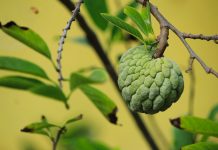The unique taste and medicinal properties of mushrooms have long fascinated humans. Recent research and enthusiastic interest have focused on the brain mushroom. In mycology, the brain mushroom holds a great deal of interest because of its distinctive shape and peculiar properties. A variety of brain mushrooms are available, and their edible, psychedelic, and poisonous properties are discussed here.
Brain Mushroom: What is it?
It belongs to the Discinaceae family and is also known as Gyromitra esculenta. The species is most common in temperate regions of Europe and North America, especially in coniferous forests. Mushrooms are named after their irregularly lobed caps that resemble the shape of brains.
Brain mushroom varieties that are edible
Scandinavian and Eastern European cuisines have used the brain mushroom as a delicacy for centuries due to its unique flavor. There are, however, some brain mushrooms that cannot be eaten. A safe and delicious mushroom, the white brain mushroom is also called Helvella crispa. It is commonly used in soups, stews, and sauces. White brain mushrooms contain a small number of toxins that can cause digestive distress if not properly prepared. If they are not properly prepared, they may cause gastrointestinal distress.
The psychedelic properties of brain mushrooms
Psychedelic properties are also associated with the brain mushroom, particularly Gyromitra species. The toxin monomethylhydrazine (MMH) is formed when gyromitrin, which is associated with its psychoactive effects, is ingested. In large doses, MMH can cause severe neurological damage and even death, making the psychedelic varieties of brain mushrooms illegal in many countries.

Do Brain Mushrooms Poison You?
The white brain mushroom is safe to consume when cooked properly, but the Gyromitra species can be extremely poisonous. It depends on the amount ingested and one’s tolerance level of whether brain mushrooms can cause poisoning. It may start with nausea, vomiting, diarrhea, and abdominal pain, progressing to seizures, coma, and even death in the most severe cases. Before consuming mushrooms, it is important to identify the species properly and exercise caution.
Identifying Brain Mushrooms
Many varieties of brain mushrooms look similar to the untrained eye, making identification difficult. An easy way to identify brain mushrooms is to look for their unique brain-like shape and irregularly lobed caps. The color and texture of the cap, as well as the location and habitat where it was found, should be noted as well. For any questions regarding mushrooms, it is best to consult an expert or avoid consumption altogether.
Brain mushroom cooking
The best way to ensure that your brain mushroom is safe and edible is to properly prepare it before consumption. Using a white-brain mushroom requires thorough cleaning and cooking to eliminate toxins. Soups, stews, and sauces are the best ways to use the mushroom, as its delicate flavor can be overpowered by strong spices.
Mushrooms and their health benefits
Besides being a delicacy, the brain mushroom is also a powerful medicinal mushroom. Boosting the immune system and improving overall health can be achieved with its high content of antioxidants, vitamins, and minerals. A variety of ailments, including respiratory and digestive issues, arthritis, and cancer, have been treated with mushrooms in traditional medicine.
Side Effects and Risks
Although the white-brain mushroom is generally safe to consume when prepared properly, there are some potential risks and side effects to taking into account. White brain mushrooms and other varieties of mushrooms should not be consumed by people allergic to mushrooms or other fungi. As well as causing gastrointestinal distress, mushrooms can also cause nausea and diarrhea when consumed in large amounts.
Brain mushroom foraging
An interest in mycology can make foraging for brain mushrooms a rewarding experience. If consumed, wild mushrooms can be deadly or poisonous, so be careful when picking them. Foraging with an experienced guide or learning how to identify and prepare mushrooms before venturing into the woods is recommended.
Final thoughts
Mycology enthusiasts and researchers alike have been captivated by the brain mushroom’s unique properties. Certain varieties are safe and delicious when prepared properly, but others are deadly when prepared incorrectly. Before consuming any type of mushroom, be sure to identify and prepare it properly. When foraging for wild mushrooms, use caution. For mycologists interested in the world of fungi, the brain mushroom is an intriguing subject.
Read More – Inky Cap Mushroom (Coprinopsis atramentaria)







